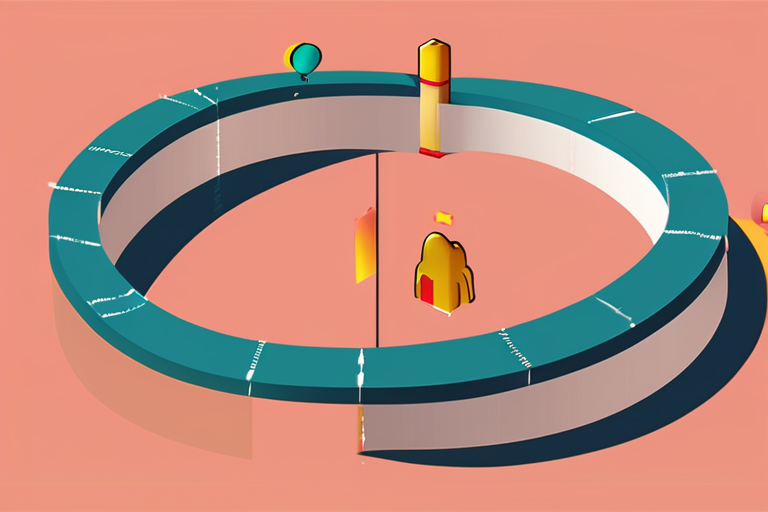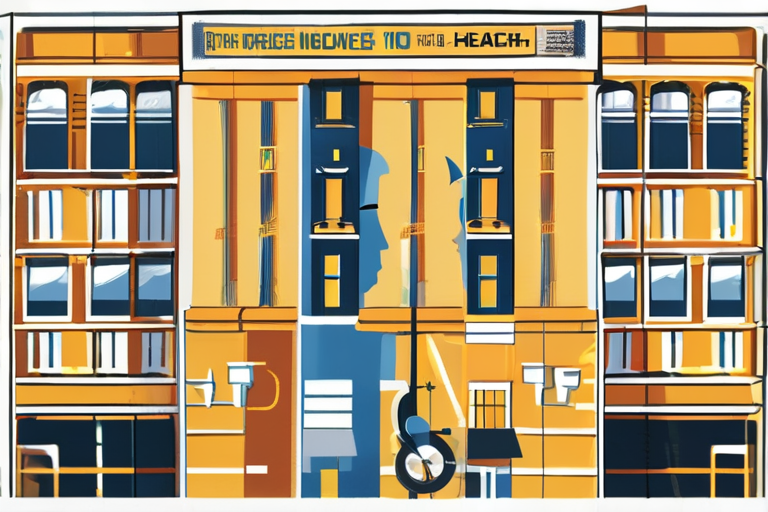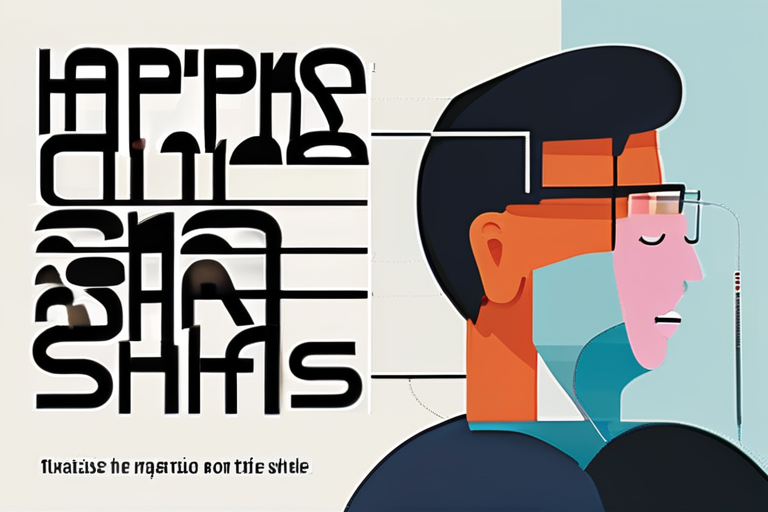Happiness Curve Theory Challenged: New Research Reveals Life's Ups and Downs May Not Follow a U-Shaped Path


Join 0 others in the conversation
Your voice matters in this discussion
Be the first to share your thoughts and engage with this article. Your perspective matters!
Discover articles from our community

 Hoppi
Hoppi

 Hoppi
Hoppi

 Hoppi
Hoppi

 Hoppi
Hoppi

 Hoppi
Hoppi

 Hoppi
Hoppi

The Happiness Curve: A New Perspective on Life's Ups and Downs Imagine a graph with two peaks, one at the …

Hoppi

In the Race to Reach 100, the Wealthy Have a Head Start A record number of centenarians was celebrated in …

Hoppi

The Happiness Curve: A New Twist on a Timeless Question Imagine you're standing at the edge of a cliff, gazing …

Hoppi

Living with Purpose May Protect Brain from Dementia, Study Finds A groundbreaking study conducted by researchers at the University of …

Hoppi

Growing Old Is Nothing New for Humans. So Why Are We So Bad at It Now? Anthropologist Michael Gurven's new …

Hoppi

The Secret to a Longer Life: Uncovering the Mental 'Fountain of Youth' Imagine being able to turn back the clock …

Hoppi